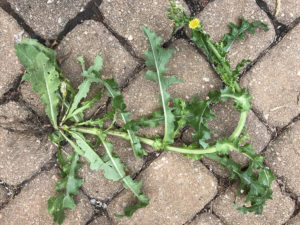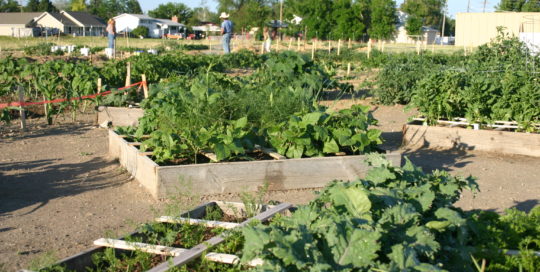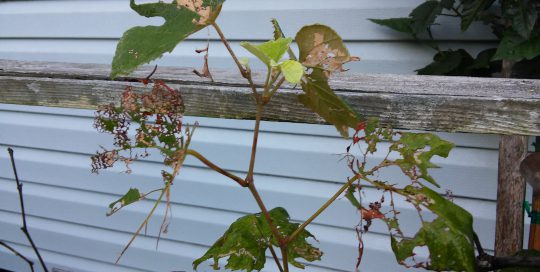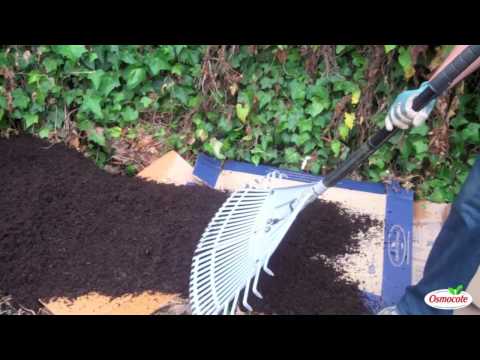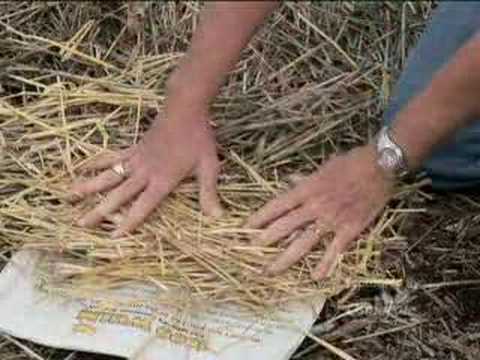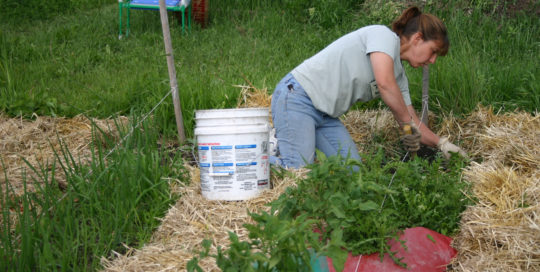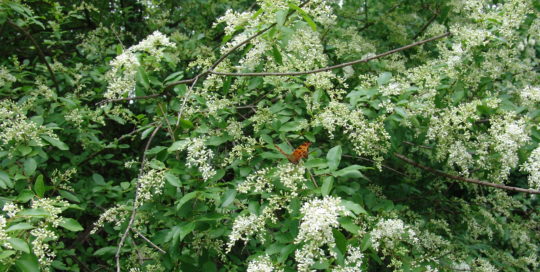Don’t Feed Your Weeds
By Jean Starr
Dayflower (Commelina):
I’ll admit to being dazzled by its flowers. Brilliant blue and more abundant than anything I’d planted on purpose, I gave dayflower a pass for a whole season. I didn’t even know its name when I decided it needed to go. Weed killer was out. It had congregated in one area near a Clematis at the base of the pergola, winding its way through to the rest of the perennials. Its stems are segmented and break easily as you pull, so you really have to get down low to deal with this weed. The most success is found through hand-pulling, but make sure you get the roots, which are pretty easy to dislodge.
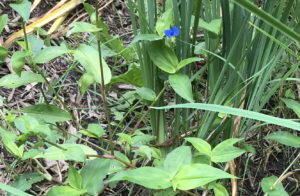
Oxalis or wood sorrel
According to Rodale’s “Garden Insect, Disease & Weed Identification Guide” by Miranda Smith and Anna Carr, wood sorrel (Oxalis stricta) is a perennial common to acid soils in shady locations. But wood sorrel obviously doesn’t read much. This delicate-looking usurper doesn’t mind a bit of sun, especially if it gets a start in a shady spot. Its best bet for providing full coverage in your garden is by seed. I’ve pulled wood sorrel out of my garden was four feet tall. It will just keep growing, flowering and dropping seed all season long until it’s stopped. As crowded as my garden is with plants of all kinds, I hadn’t noticed it until late August.
Thistle:
As far as I know, only two types of thistle reside in my garden. Both grow to enormous proportions if you don’t catch them early. The one called Sonchus asper also goes by the tongue-twisting title: spiny sowthistle. It doesn’t look that prickly, and it will skulk along the ground if it has to under cover of bulky perennials until you notice it. I caught a whopper that had extended its gnarly-stemmed self through the peony patch.
The more common and easily recognized thistle is commonly referred to as Canada thistle (Cirsium arvense). It tends to grow upright, making it easier to find among shorter garden plants. If you missed it during spring weeding, it will make itself known in late summer—just when its root system is so firmly lodged you’ll need the big shovel to deal with. As with the spiny sowthistle, this one requires gloves.
